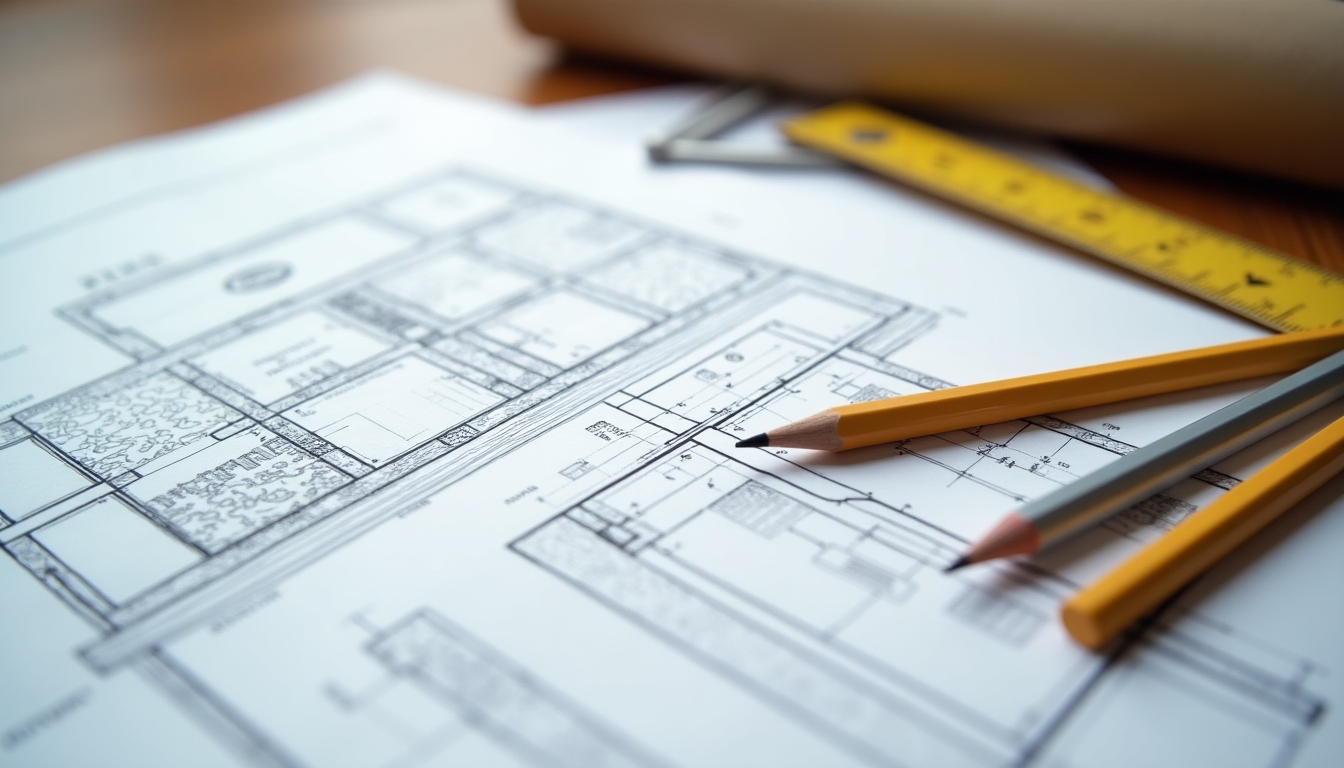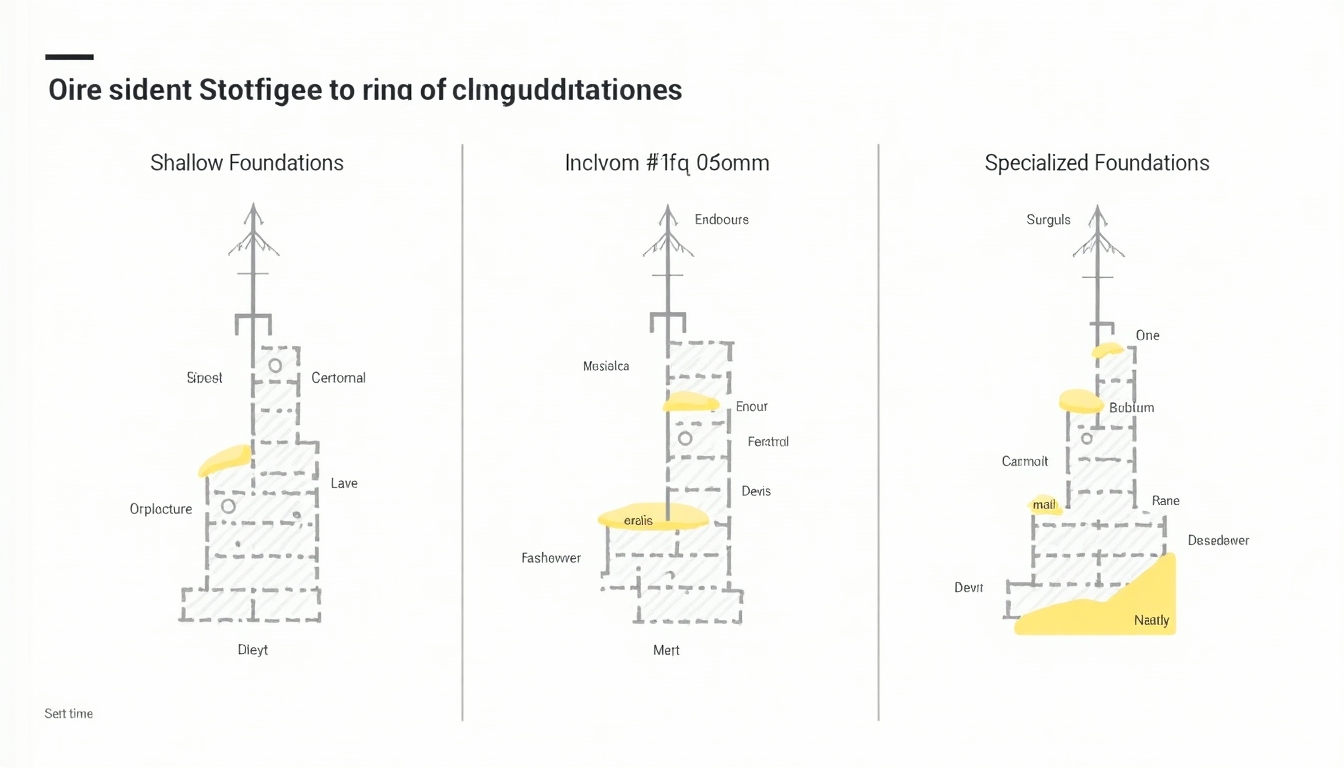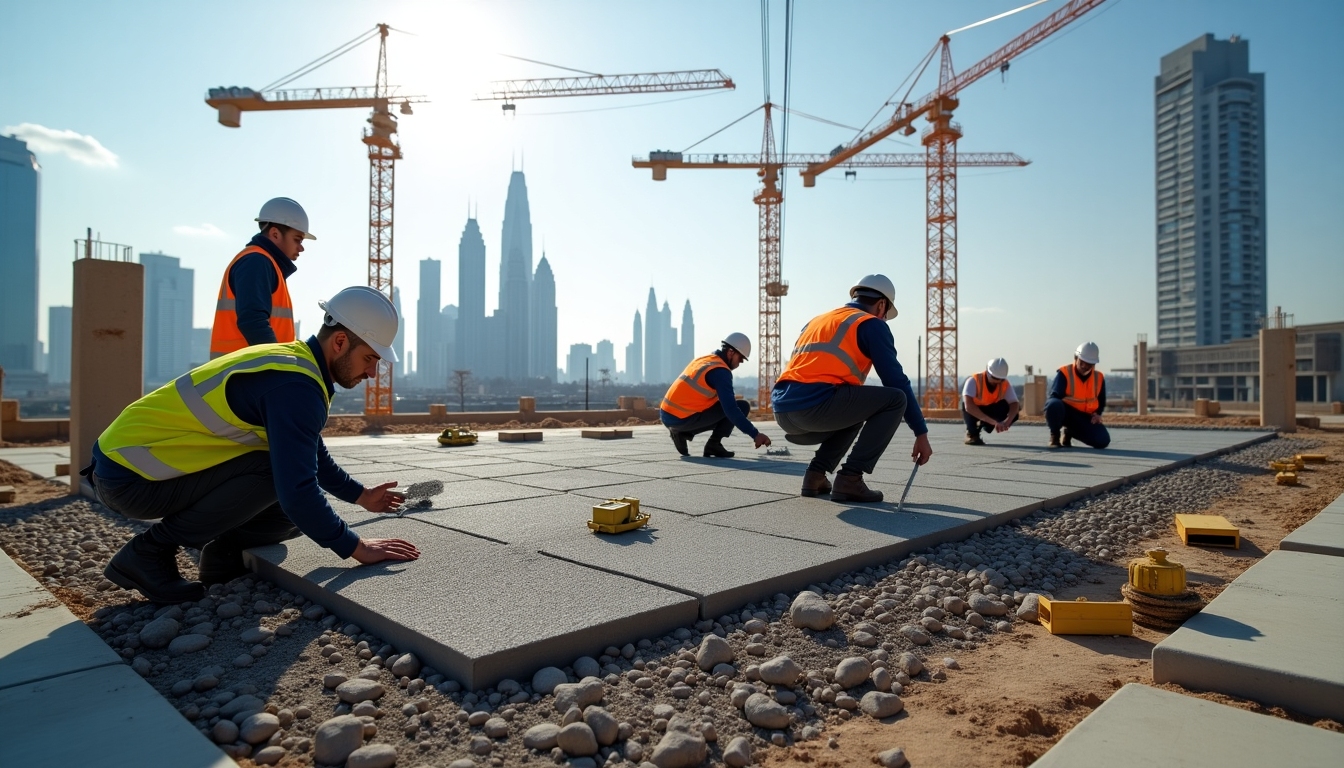How to Apply Design Foundations in Architecture
Understanding the Core of Design Foundations in Architecture
In the realm of architecture, understanding how to apply design foundations is pivotal. This guide reveals pragmatic insights into integrating mat foundations and getting foundation design right. Explore the essence of foundational design and transform your architectural visions into reality.

The Importance of Foundation Design
A solid foundation is essential for any structure's stability and longevity. Foundation design is not merely about structural integrity; it also dictates the architectural aesthetics and how the building interacts with its environment. Here are key factors to consider:
- Structural Load: Understanding the weight and pressure your building will exert and how the foundation will manage it.
- Soil Characteristics: Investigating soil conditions helps in selecting the appropriate foundation type.
- Environmental Conditions: Considering local climate and potential natural challenges like earthquakes or flooding.

How to Apply Design Foundations in Architecture: An Expert Perspective
Applying foundational design principles entails more than following blueprints; it involves creative problem-solving.
Step 1: Site Analysis
Conducting a thorough site analysis is crucial. Observe topography, soil stability, and access to resources. Collaborate with geotechnical experts to gather data for informed decision-making.
Step 2: Foundation Type Selection
Choose between slab, crawl space, or a basement foundation. Often, architects lean towards mat foundations, particularly in areas with poor soil bearing capacity. Its ability to distribute heavy loads evenly makes it a preferred choice for large structures.

Designing with Mat Foundations
One of the popular foundation choices in challenging soil conditions is the mat foundation. This type spreads the load over a large area, minimizing stress on weaker soil. It’s an optimal solution for:
- Large Structures: Buildings with heavy loads like skyscrapers or expansive commercial spaces benefit from mat foundations.
- Poor Soil: When soil conditions don’t support other foundation types, mats provide stability.
Personal Insight: Practical Experiences with Mat Foundations
Over the years, my experience as an architect has shown that embracing mat foundations can significantly reduce structural risks. One notable project involved developing a commercial tower on reclaimed land, where this approach ensured stability despite challenging soil conditions.

Overcoming Challenges in Foundation Design
While foundation design offers stability, hurdles such as cost, time, and environmental impacts need managing.
- Balancing Cost & Quality: Always prioritize material quality over cost savings, as foundational integrity is non-negotiable.
- Logistical Challenges: Coordinate effectively with construction teams to ensure timely execution.
- Sustainability: Implement eco-friendly practices, like using recycled materials, to enhance both design and environmental impact.

Summary and Recommendations
Understanding and applying foundational design principles are integral to successful architecture. By acknowledging site-specific factors and integrating mat foundations where applicable, architects can enhance both safety and functionality.
Integrate these insights into your next project and witness the transformative impact of well-executed foundation design.





